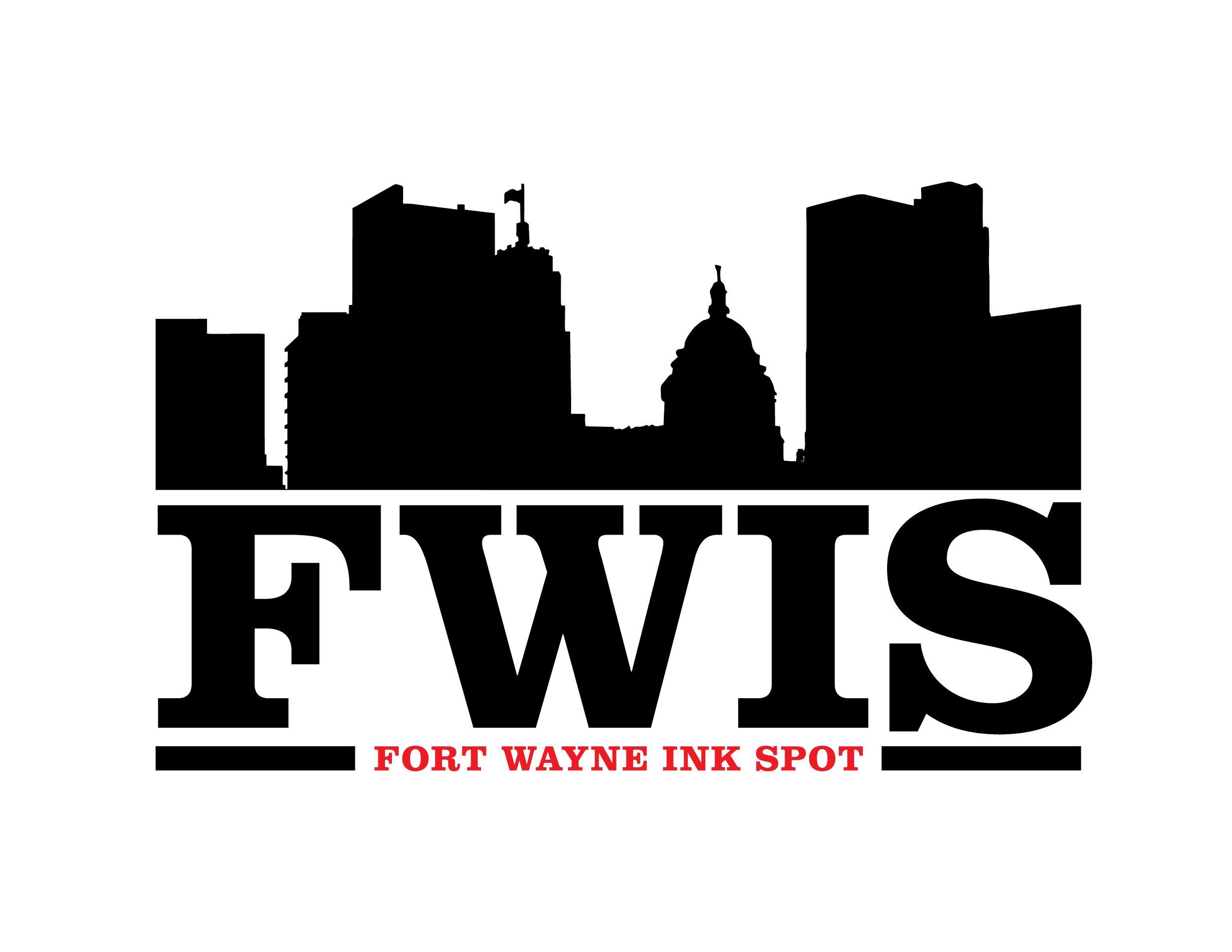In Touch With Our Backstory, Part IV

By Betty Miller Buttram
FWIS Contributing Writer
African Americans in Washington, D.C. in 1791 were 25 percent of the population and many of them were enslaved. By 1830, most were free people, and on April 16, 1862, Congress passed the District of Columbia Emancipation Act, making them the first freed slaves in the nation. The African Americans played a significant part of the city’s life and identity.
The opportunities for federal jobs and education drew blacks to this city, and they created a cultural and intellectual place for themselves. There were no “Jim Crow” laws, but segregation and racism were residents in the neighborhoods. There were a few existing laws that mandated segregation in the public schools and recreation facilities but not in the streetcars and public libraries. At least two neighborhoods among the several in the Washington, D.C. area had African Americans displaced by redevelopment. They were Barry Farm in southeast D.C. and the Reno neighborhood in northwest D.C.
BARRY FARM
Julia Barry, a white landowner who had once owned slaves, sold her 375-acre farm located east of the Anacostia River in 1867 to the U.S. Freedmen’s Bureau. The Bureau subdivided the farm into one-acre plots and sold these plots to the freed slaves who paid the purchased price for over a period of seven years. For an additional $76 each, they bought lumber to construct their homes. The neighborhood was known as a significant post-Civil War settlement of free Blacks and freed slaves and was established by the Freemen’s Bureau.
In 1913 railroad tracks were laid and Barry Farm began to slowly be cut off from the busy traffic that once was a part of the neighborhood. The construction of the Suitland Parkway in the 1940s demolished nearly 100 houses, displaced more than 600 residents, and further isolated the neighborhood. At the same time, government agencies sought to destroy and completely redevelop the Barry Farm community. The reasons for this action were that the homeowners couldn’t pay real estate taxes that would have paid for their municipal services, and the government agencies wanted to clear downtown Washington D.C. of African Americans. In 1943, a 442-unit Barry Farm Dwellings public housing was built. There were two-to-four bedroom town houses, some were later combined to create six-bedroom units, and a recreation center. There was one junior high and no high schools for those black school children who lived east of the Anacostia River. Beginning in the late 1950s, the Anacostia Freeway, which is now known as I-295, further restricted access to Barry Farm.
The government began another redevelopment project of building 1,600 units that became homes for sale and demolishing the public housing dwellings at Barry Farm. The families formed the Barry Farm Tenant and Allies Association to stop the city from evicting them from their homes. They fought and maintained as best they could, but from April 2018 to January 2019, hundreds of families were relocated from Barry Farm and demolition began shortly thereafter in 2019. Several families who were involved in the desegregation fight in the 1950s as activists or plaintiffs in lawsuits lived in the Barry Farm Dwellings. Today, a historic landmark designation for the five public housing buildings that were homes to these well-known activists and the recreation center are the only buildings that remain on the site as of 2022.
RENO (WASHINGTON, DC)
Reno was a rural unincorporated area of the District of Columbia. It became a town and then a neighborhood that existed from the 1860s into the mid-20th century. In 1867, two years after the Civil War had ended, a 62-acre estate was subdivided as small affordable homesites and census data shows that the Black population began to settle in the area and over a course of a couple of decades, there was a 74 percent increase of Black people. By the year 1872, Reno was home to a Black Church: Rock Creek Baptist Church. The church often sponsored events such as picnics, pageants, and Sunday School trips to the National Zoo. There was a second Black Church, St. Mark’s Methodist Episcopal Church was founded in 1888 and a final local church, St George’ Episcopal Church was founded as a mission of St. Albans Parish in 1913 and there was the Reno School for the black students.
Beginning in the 1920s, the Reno neighborhood began to present a problem to the white developers who were planning on building segregated suburbs for the elite. This black community had to be removed and the land redeveloped for promising wealthy residents. Developers lobbied the federal government to purchase or condemn Reno for the development of new schools and a park for the elite residents’ use. Within weeks, bills to eradicate Reno were introduced in both houses and endorsed by the appointed city managers. In 1929, the National Capital Park and Planning Commission began to buy houses in Reno and threatened condemnation to anyone who refused to sell. This fight continued through the 1930s and into the late 1940s as the Commission continued to make offers and buy Reno property. The Reno residents eventually moved away, the land was developed, and the wealthy people moved into Reno and renamed it Tenleytown.
The redevelopment of neighborhoods is a constant endeavor and nearly always aimed at the disadvantaged.
There are those today who would like the world to think that our history is insignificant. Our younger generation should realize that the Civil Rights Act and the Voting Rights Act gave African Americans hope and opportunities; but all of us should not forget that the fight is still ongoing.
